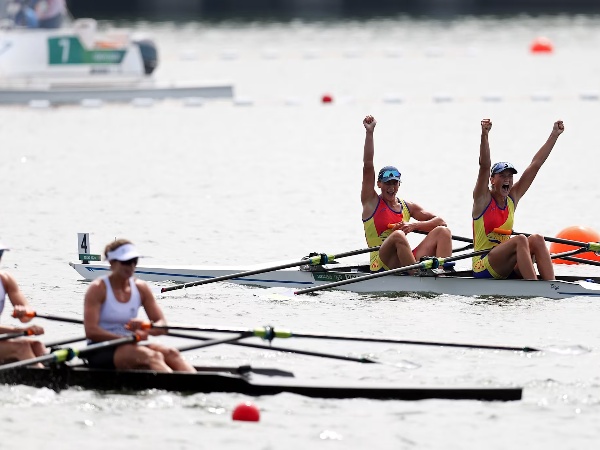views : 604
2 Min Read
Rules Of Rowing Ahead Of The 2024 Olympics
Rowing, initially a mode of transport in ancient Egypt, Greece, and Rome, evolved into a sport predominantly in England during the late 17th and early 18th centuries. The inaugural major rowing event, the Oxford and Cambridge Boat Race, commenced in 1829 and remains an annual tradition in the country. Rowing is a sport where boats are propelled by oars fixed to the vessel. What sets rowing apart from other disciplines is that rowers face backwards, navigating and racing in reverse towards the finish line.
Competitions typically span 2,000 meters, either individually or in teams of 2, 4, or 8 rowers. There are two main types of rowing disciplines: sweep rowing and sculling. In sweep rowing, each rower holds one oar with both hands, while in sculling, rowers use two oars, one in each hand. The larger boats, such as the eight-person crews, include a coxswain—a member who steers the boat and coordinates the crew's efforts. The coxswain controls the boat's direction using a small rudder attached to the foot of one of the rowers by a cable.
Rowing also includes lightweight events, which impose weight limits on the rowers. These events require precision in technique and strength due to the weight restrictions. The sport demands rigorous training and synchronization among crew members to achieve optimal performance. Whether competing individually or as part of a team, rowers navigate the water with power and finesse, aiming to achieve speed and efficiency in every stroke.
Rowing has been a staple of the Olympic Games since its inception in the modern era at Athens in 1896, though the initial attempt was thwarted by inclement weather when the competition was to be held at sea. Women’s rowing events were belatedly introduced into the Olympic program at the Montreal Games in 1976. Initially, the United States asserted dominance in Olympic rowing, but soon the Soviet Union and Germany emerged as formidable competitors. Among the sport's legends are Sir Steve Redgrave and Elisabeta Oleniuc-Lipă, both six-time Olympians celebrated for their remarkable achievements. Redgrave clinched five gold medals and one bronze, while Oleniuc-Lipă secured five golds along with two silvers and one bronze, solidifying their status as the greatest male and female Olympic rowers in history. Their enduring legacies continue to inspire generations of rowers worldwide, embodying the pinnacle of excellence in Olympic rowing.
